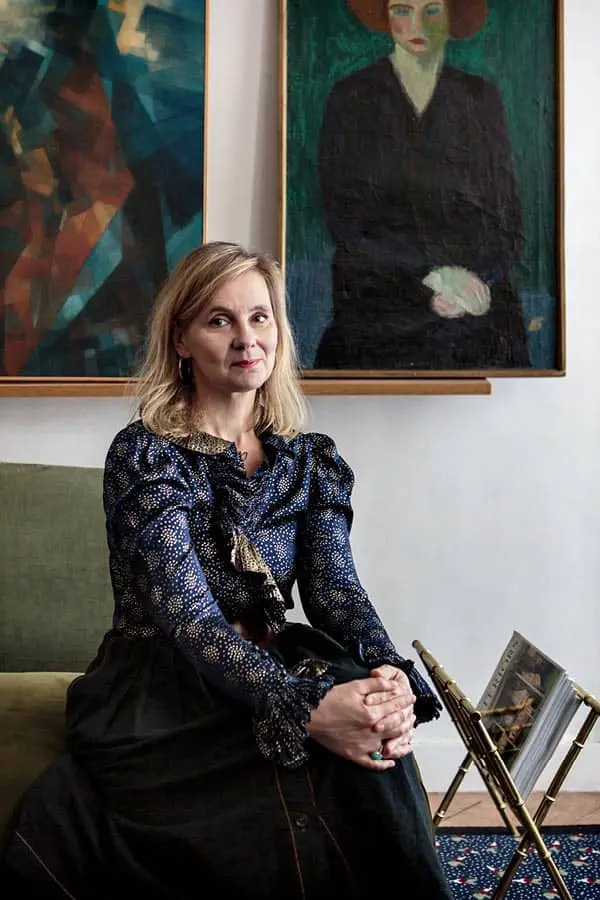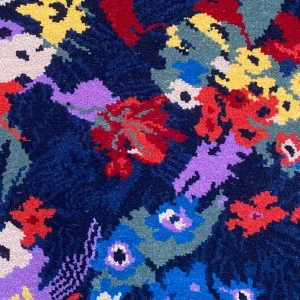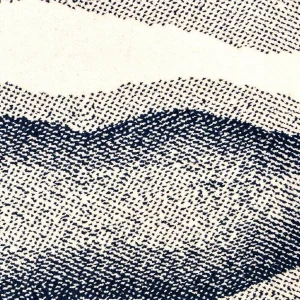Constructivisme
284,00€
by Pinton
HAUTE COUTURE & PRÊT À PORTER
MATERIALS Wool, Polyamide
TECHNIQUE Machine tufted
SIZE a choice
PRICE ON REQUEST. CONTACT US.描述
wool
Wool is an animal fibre, most often derived from sheep fleece. Wool was already being spun as early as 5,000 BC. In Roman times, wool, leather and linen were the main materials used to make clothes. With the progressive development of mechanical processes and the evolution of breeding techniques, wool became the economic lung of several countries in the Xth century, and again in the XIIth. Renowned for its thermal and sound insulation properties, wool also offers the advantage of absorbing moisture. It is a noble and timeless material, used from time immemorial for its strength and durability. PINTON uses local wool with shorter carded fibres, which make it fluffier and give it more volume, or a specific type of wool from New-Zealand with long combed fibres that are more resistant to heavy traffic. Both types of wool are spun (carded or combed) and dyed in the spinning plant located in Felletin. Whether they are made in 100% pure virgin wool or blended with other materials like linen, silk, bamboo, leather or many others, PINTON wool rugs and carpets bring comfort and quality.
polyamide
The polyamide used in the textile industry is better known as nylon. Nylon was first developed in 1935 by employees of the Dupont de Nemours company. The origins of the name are shrouded in mystery: for some, it comes from the contraction of New-York and LONdon, for others it is made up of the initials of the surnames of the inventors’ wives. It is also said to derive from no run, meaning that it doesn’t ladder. Nylon is produced through a staged polymerisation process. The polymer is melted before being spun. Stretched into extremely thin filaments, the fibre becomes very resistant when dry. Nylon rose to fame in the United States and in Europe with nylon stockings, highly praised for their resistance, flexibility and stretchability! Last but not least, this fibre has yet another quality: it is waterproof and dries rapidly. Because of these exceptional properties, PINTON combines nylon with wool in its staircase rugs and carpets to make their pile more robust, allowing them to withstand heavy traffic while maintaining a natural, high quality, comfortable finish.
Joséphine
Pinton
After studying Applied Arts, Joséphine Pinton joined the Bon Marché rue de Sèvres in Paris, where she developed the art of window dressing, sharing a vision, conveying emotions and telling a story in original displays. She then moved to the Grande Épicerie de Paris where she honed her talents before tracing her own path. She collaborated with major firms like Hermès, Balmain, Alain Figaret or Roger Vivier, staging window displays or spaces. Sometimes playful, sometimes more sober but always poetic, Joséphine Pinton’s designs always include a sense of wonder immediately perceived by the viewer.
Joséphine PINTON imagined and designed the two showrooms of the family business, in Paris and in Nice. In addition, several rugs and carpets carry the scenographer’s signature, immediately identified by their chic but unconventional aesthetics!
machine tufted
In carpet production, the technique of machine tufting is the only one produced on a pre-existing backing or dossier (reverse). Tufting involves needling the threads into the backing. The materials used in this process are mainly wool and polyamide. To meet the requirements of their expected use, machine-tufted carpets come in different pile weights per square meter. Machine tufting produces a looped pile or velours bouclé, where threads form continuous loops, a cut pile or velours coupé, where the top of the loops is cut to produce a smooth surface and a softer look, or a structured pile or velours structuré, which combines both techniques and gives different textures. Machine tufted carpets can be plain or printed with any pattern and in any colours. Production times for this type of carpets are very short and production costs are lower. Machine tufted carpets are glued on a levelling compound or underlay, or stretched over an underlay but only for limited areas. For laying in a staircase, please contact the PINTON team for information.
.
A well-maintained carpet is hoovered very regularly, shampooed periodically and deep cleaned by injection/extraction at least once a year, depending on its use.













